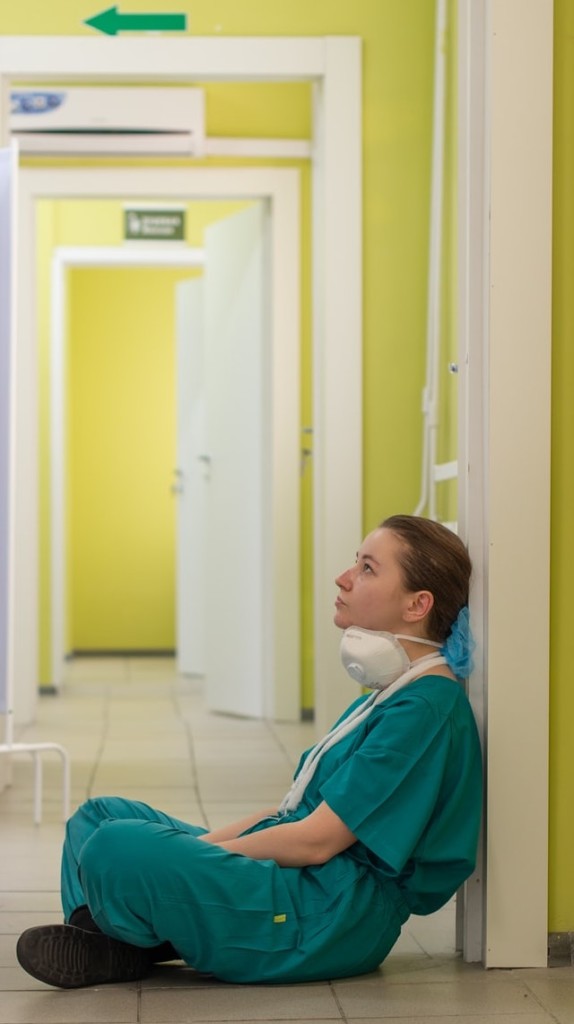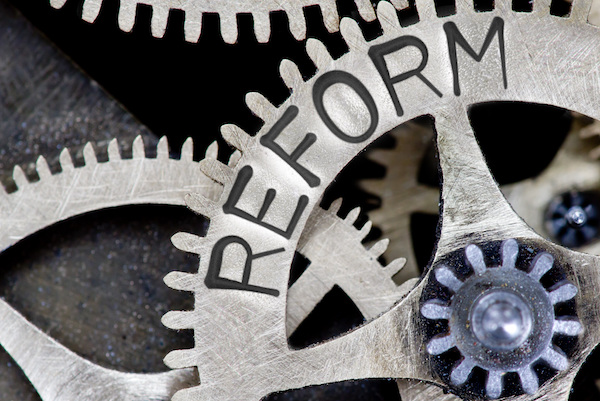As the treatment infrastructure crumbles before our eyes, we have to develop a system that works for everyone
This post is reprinted with permission from one of TreatmentMagazine.com’s go-to blogs about addiction, treatment and recovery: Recovery Review.
By William Stauffer
Recently, I attended Mobilize Recovery in Las Vegas. Recovery advocates from around the nation gathered together there for a third year through the Recovery Advocacy Project. PRO-A, the statewide recovery community organization of Pennsylvania, has been honored to participate in it since its inception. The message here is that together, we can address America’s greatest public health challenge, the devastation caused by addiction in our families and communities and turn it into our greatest asset—people in recovery. Our inclusion is fundamental to effective strategies.
Patrick Kennedy, a person in long-term recovery himself, noted as much in his opening remarks. He spoke about how people in recovery are the very assets that America could use more of right now. We know how to turn adversities into strengths. Isolation and despair into hope and strong civically engaged citizenry. We get involved in our communities and learn that purpose in life means everything, and often that purpose involves helping others achieve theirs. We do have something that America could use more of, and we are eager to share it. We are only asking for a chance to do so.
We ignore addiction simply because of pervasive negative views across our entire society. We see it as something that happens in other people’s families and to other people’s kids. As a society, we still see addiction as a moral failing.”
We are seeking opportunities to expand recovery in our communities through the historic 10% in the our SABG federal block grant. We can do great things, provided the states then also pass some of those dollars to our recovery community organizations and work collaboratively to get such resources to recovery communities. This is not what has occurred here in Pennsylvania or other states, as this letter to Congress early this year noted. Our organization, the statewide RCO of Pennsylvania, historically received modest support for decades from what is called the state single county authority, but now we receive not one single penny. Resources seem to go to larger, politically connected national organizations and academic institutions outside of the recovery community. This trend started around the time federal funding dramatically increased. It must change; these are our dollars too.
Patrick Kennedy also gave an impassioned speech on the profound disparities in our medical and behavioral health care systems. He spoke about the profound disparities for behavioral health in our healthcare payment system. He noted that although researchers have discovered the brain is connected to the body, we do not treat brain conditions (like substance use disorders) in parity with physical health care. This from the author of the Mental Health Parity and Addiction Equity Act of 2008.
He noted the entity that had the largest disparities was not some huge insurance entity—it was the federal government. Congress recently moved towards including vision and dental benefits to Medicaid, but left out behavioral health. Medicare benefits are not as extensive as for other services. Tricare, the benefits for our military vets, include disparate mental health and substance use benefits. This for our combat service members who ended up with service-connected injuries like traumatic brain injury and post-traumatic stress disorder in military service to our nation. He called it shameful. It is that and more.
Our friends and families are dying even as you read this. We know what we need to do. Systemic screening for addiction, early identification and comprehensive long-term-focused intervention.”
Congressman Kennedy, a gifted communicator, then compared how we treat skin cancers like melanoma to how we treat addiction. Melanoma in its earliest stage is easier to treat. It can be treated in an office visit with high rates of success. However, when melanoma reaches stage four and has metastasized throughout the body, it is often fatal. Radical medical care is required to save a person’s life in stage four. He noted that this is why we do regular screening for skin cancer, because it makes sense to do. It saves lives and it saves money. Medical care does not wait until people reach stage four to initiate care. We have set up and funded a system of care designed for early detection and intervention because it makes sense in all respects.
He then completed the comparison to addiction and noted that it is also fatal when it tragically runs its course. With addiction we consistently wait till stage four to do anything at all and with disparate funding as noted above. This is tragic and it is morally wrong. It is expensive in lives, resources, and its splintering of our communities. We ignore addiction simply because of pervasive negative views across our entire society. We see it as something that happens in other people’s families and to other people’s kids. As a society, we still see addiction as a moral failing that people are not redeemable from and not the promise of recovery noted above. Our landmark survey with our partners at RIWI and Elevyst of over 26,000 Americans reported that 73% believe society at large views individuals who are dependent on drugs as having moderate, low, or no chance of maintaining recovery. The truth is we can do recovery, and when we do, we are assets to our communities. America needs to learn our value.
One place to really see this lack of focus on early identification and intervention of substance use disorders is by looking at care to our young people. Our very future. Here in Pennsylvania, we have actually lost ground over the last two decades in respect to the care of our young people. We now have almost no publicly funded residential care for adolescents in Pennsylvania. We had much more 20 years ago than we do now. If you are poor or of modest means, you have almost no options for your kids. This ends up reinforcing the prison pipeline in our black and brown communities who have disparate access to privately funded care.

That alone should compel us to focus resources here. Seeing the dramatic loss of our adolescent care infrastructure, two years ago I advocated for and facilitated a hearing in our Pennsylvania House Human Services Committee. We focused the hearing on what had occurred that led to the loss of our adolescent service system and ideas it while also developing a recovery support system for our young people. This should be an easy lift; it is not. I am unaware of any plan within the state administration to address these needs.
Then COVID hits. Last year, I testified in a PA House Human Services Committee hearing on the impact of the COVID pandemic on our fragile SUD service system infrastructure. It was also reported on by Spotlight PA. We have lost even more of our SUD infrastructure as this pandemic has unfolded. Our challenges are stacking up as we see drinking rates swell and increased overdose rates. We are moving further into a stage four-focused system that waits until the last minutes of life to provide disparate services in a decaying system of care that is crumbling before our very eyes.
To put it another way, we are experiencing a syndemic, the combined impact of an addiction epidemic and a COVID pandemic, which is unfolding synergistically. Heading in the direction we are, we can well expect to see many more “stage four” substance use problems in coming years. We are not even looking at early intervention as the body count swells. We can’t address these challenges without a significant focus on our infrastructure, deep commitment to our SUD workforce and widespread engagement of our recovery communities. These issues should be a state and national imperative.
As mentioned at the conference, an old African proverb says that if you want to stop more people from drowning, you must go upstream and find what is throwing them into the river and stop it. Right now, we can see far enough up stream to see that more people are being thrown into the water even as disparate funding mechanisms tie one arm behind our backs. We have a crumbling service infrastructure and a workforce withering from trying to provide care late in the addiction cycle with minimal resources and even fewer of us left downstream to pull them out. It is an unfolding tragedy of epic proportions.
The common theme between all of these threads and challenges is that we in the recovery community have been attempting to call attention to these needs for years. It is time to include us in supporting our own communities. Our friends and families are dying even as you read this. We know what we need to do. Systemic screening for addiction, early identification and comprehensive long-term-focused intervention. We have a long way to go, but seeing these people and the kind of commitment that is visible in our communities, I am hopeful. We will fight on for these things as we know that they are needed.
We will prevail because we have no other option. I hope you are with us.
This Recovery Review post is by William Stauffer, who has been executive director of Pennsylvania Recovery Organization Alliance (PRO-A), the statewide recovery organization of Pennsylvania. He is in long-term recovery since age 21 and has been actively engaged in public policy in the recovery arena for most of those years. He is also an adjunct professor of Social Work at Misericordia University in Dallas, Pa. Find more of his writing, as well as a thought-provoking range of articles, insights and expert opinions on treatment and addiction at RecoveryReview.com.blog.
Top photo: Shutterstock; bottom photo: Vladimir Fedotov













